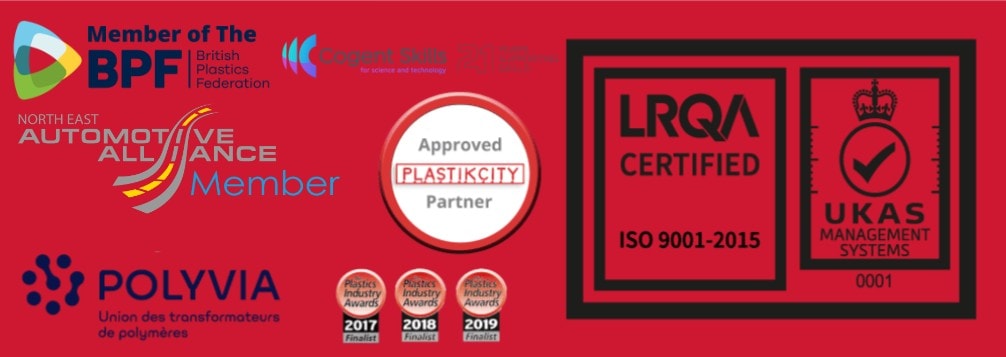Article Contents
Introduction
Chemical recycling for mixed plastics could be crucial in turning the tide against a crisis stemming from our vast plastic production: traditional recycling systems, though vital, strain to keep pace. Mixed plastics actively challenge traditional recycling systems, due to their complex makeup.
The images are haunting: seabirds tangled in plastic debris, vast gyres of waste swirling in our oceans, and worst of all, the insidious contamination of everything from drinking water to seafood by microplastics.
Traditional recycling systems, though vital, need to be more robust to keep pace with the sheer volume of plastic we produce and discard. Mixed plastics, with their complex mix of materials, strain the limits of mechanical recycling.
Could chemical recycling for mixed plastics be crucial in turning the tide against this crisis?
Breaking it Down: How Chemical Recycling Works
At its core, chemical recycling aims to return plastics to their original building blocks – their monomers or other valuable feedstocks. Unlike mechanical recycling, which relies on heat and physical processes, chemical recycling uses chemicals, heat, and sometimes pressure to induce these changes. Imagine it as an advanced form of disassembly on a molecular level.
Here are a few common types of chemical recycling:
- Pyrolysis: Plastics are heated without oxygen, converting them into oil and gases. These outputs can be refined into new plastics or fuel.
- Gasification: Plastics are exposed to controlled heat and oxygen to create a mix of gases that can be utilized to generate energy or as chemical feedstocks.
- Depolymerization: This method focuses on specific plastic types, breaking their polymer chains into their original monomers to create new, high-quality plastics.
Why the Buzz? Promises and Pitfalls
- The Recycling Gap: Chemical recycling promises to tackle the plastics traditional methods can’t, like multilayer packaging, contaminated items, and coloured plastics. It could divert massive amounts of waste from landfills.
- Closing the Loop: The ability to produce “virgin-quality” materials from recycled sources promotes a circular economy and reduces reliance on fossil fuels.
- Energy Questions: Some processes are energy-intensive. Critics fear an over-reliance on chemical recycling could hinder investment in renewables, and net greenhouse gas emissions may still be problematic.
- The Scale Challenge: Limited infrastructure for chemical recycling creates bottlenecks, demanding massive investment for the technology to truly make an impact.
- Economic Competition: Is it cheaper to create plastics from virgin sources? Government policies and a focus on long-term impacts play a crucial role.
Beyond the Hype: Where Chemical Recycling Fits
It’s crucial to be clear: chemical recycling for mixed plastics is not a license for endless plastic production. It must work in tandem with:
- Reducing Consumption: Prioritising reusable options, bans on unnecessary single-use items, and designing for minimal packaging are essential.
- Expanding Traditional Recycling: Increasing participation, optimising sorting processes, and addressing contamination issues are all vital.
- Bioplastics Advancements: Continuous research into compostable and truly biodegradable alternatives could reduce our need for some petroleum-based plastics.
Policy as the Catalyst
Extended producer responsibility (EPR) programs, which put the financial burden of end-of-life management on producers, may incentivise recycling investment. Targets for recycled content in new products would boost demand for chemical recycling outputs. This specifically helps mixed plastics, which traditional recycling struggles to handle.
The Path Ahead
Chemical recycling for mixed plastics holds enormous potential, but we must clearly analyse both costs and opportunities. Collaboration across industries, alongside government investment and reduced plastic use, will determine chemical recycling’s success.
Will it become a circular economy pillar, or simply another well-intentioned effort?




